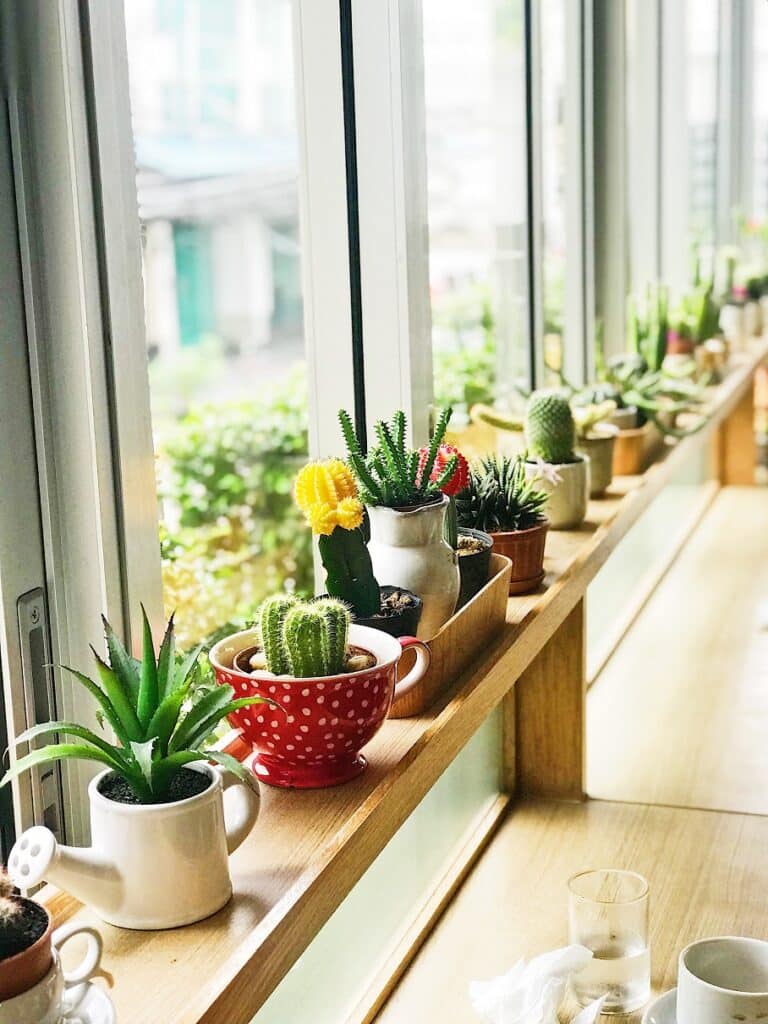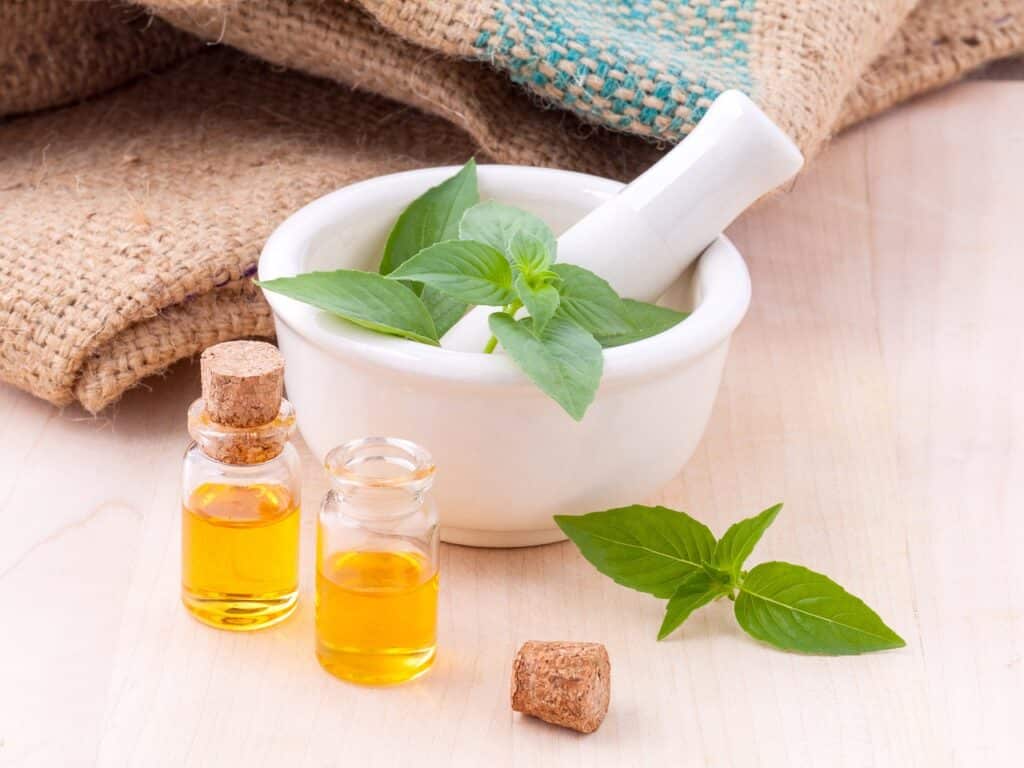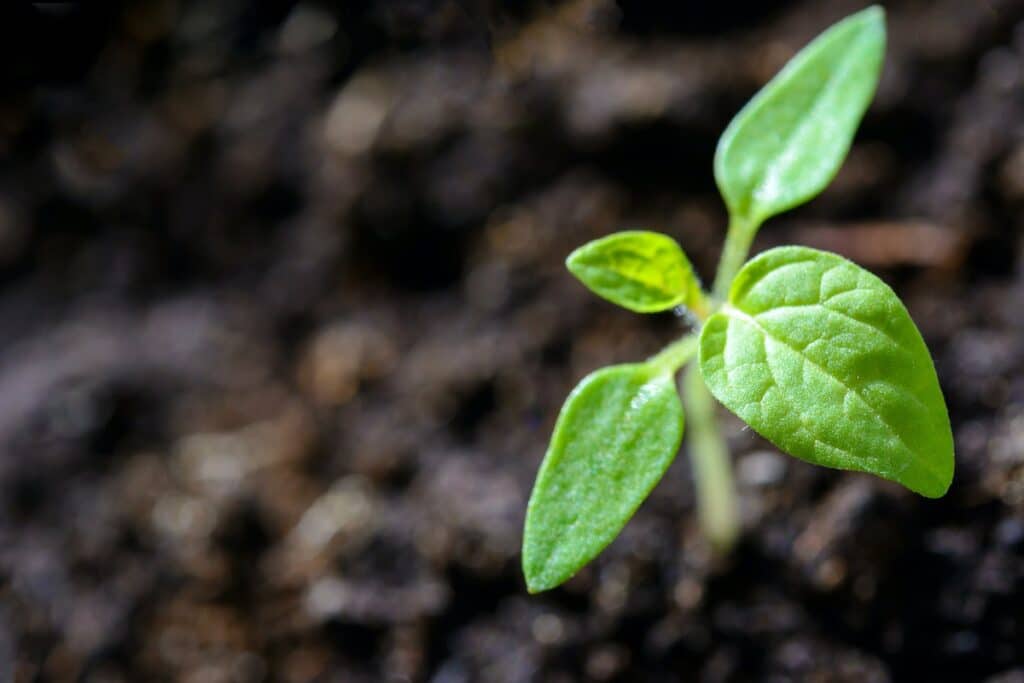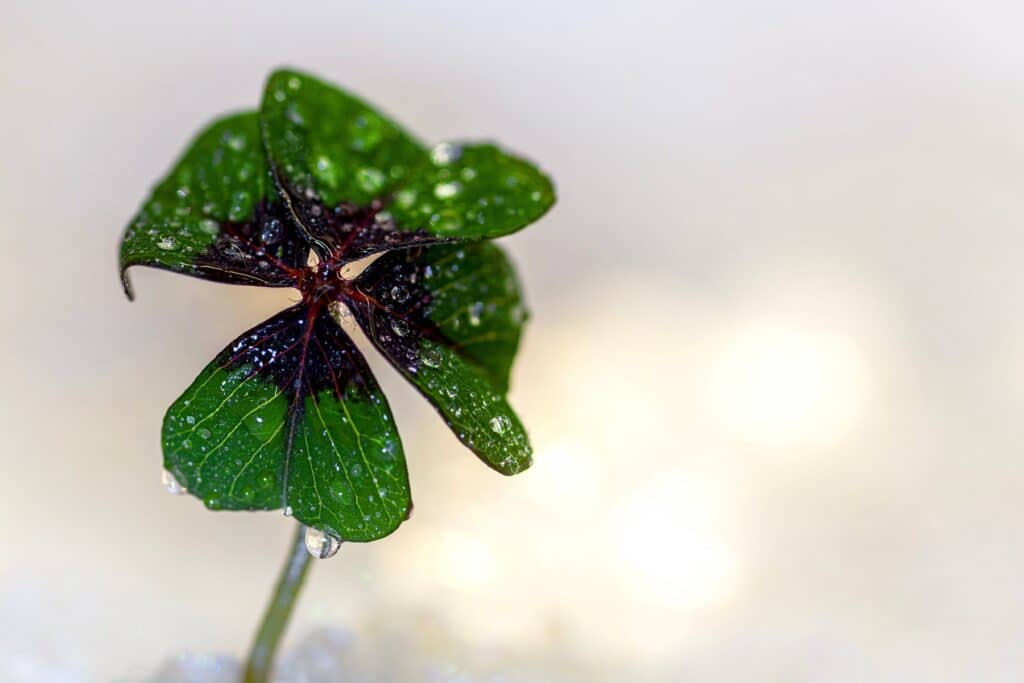If you want to add a touch of beauty and fragrance to your home during the holiday season, then learning how forcing hyacinth bulbs for Christmas is just what you need. This article will guide you through effortlessly bringing these delicate flowers to bloom, filling your space with vibrant colors and their signature perfume. With a few simple steps, you’ll enjoy the enchanting sight of hyacinth bulbs blooming in time for the festive celebrations. Let’s get started!

Understanding the Process of Forcing Hyacinth Bulbs
Forcing hyacinth bulbs for Christmas refers to manipulating the conditions in which the bulbs grow to achieve an earlier or off-season bloom. This process allows you to enjoy the vibrant colors and delightful fragrance of hyacinths during the holiday season, even when they would not naturally bloom.
Benefits of Forcing Hyacinth Bulbs
There are numerous benefits to forcing hyacinth bulbs for Christmas. Firstly, it lets you have beautiful blooms indoors when most outdoor plants are dormant. This can add a touch of color and life to your home, brightening up the winter months. Additionally, the fragrance of hyacinths is wonderfully fragrant and can fill your home with a pleasant scent.
Ideal Time for Forcing Hyacinth Bulbs
To achieve a Christmas bloom, it is recommended to start the forcing process around 10 to 12 weeks before you desire the bulbs to bloom. This means planting the bulbs in mid to late September. This timing allows for the necessary chilling period before the desired bloom time, essential for bulb development.
Selecting the Right Hyacinth Bulbs
To ensure successful forcing, selecting healthy hyacinth bulbs suitable for indoor growth is crucial.
Characteristics of Healthy Hyacinth Bulbs
When choosing hyacinth bulbs, look for firm and plump bulbs, indicating they are healthy and filled with nutrients. Avoid bulbs that are soft, moldy, or have blemishes, as these may not develop properly when forced.
Where to Buy Hyacinth Bulbs
You can find hyacinth bulbs at garden centers, nurseries, or online retailers. It is essential to source bulbs from reputable suppliers to ensure their quality and viability.
Choosing the Right Variety for Indoor Growth
Hyacinths come in various colors, including white, pink, purple, and blue. When selecting a variety for indoor growth, consider color preference, bloom size, and fragrance. Some popular varieties for forcing include ‘Jan Bos,’ ‘Delft Blue,’ and ‘City of Haarlem.’ Choose a variety that suits your taste and desired aesthetic.

Preparation for Forcing Hyacinth Bulbs
Proper preparation is essential to ensure the success of forcing hyacinth bulbs and guarantee a beautiful bloom.
Cleaning the Bulbs
Before planting, gently remove any loose or excess soil from the bulbs. Inspect them for any signs of damage or disease, and discard any bulbs that appear unhealthy.
Chilling the Bulbs to Simulate Winter
Hyacinth bulbs need to be chilled to stimulate the natural winter dormancy period. Place the bulbs in a paper bag or ventilated container, and store them in a cool location, such as a refrigerator, for about 10 to 12 weeks. Ensure that the bulbs are not in direct contact with fruits or vegetables, as the ethylene produced by these can harm the bulbs.
Preparing the Planting Containers
Select well-draining containers that are about 6 to 8 inches deep. Fill the containers with a potting mix that is suitable for bulb growth. You can also add some organic matter, such as compost or peat moss, to improve the soil’s fertility and moisture retention.
Steps to Force Hyacinth Bulbs
Now that you have prepared the bulbs and planting containers, it’s time to proceed with the forcing process.
Placing the Bulbs in the Container
Plant the hyacinth bulbs in the prepared containers, with the pointed end facing upward. Space the bulbs about 1 to 2 inches apart to allow room for growth. Gently press the bulbs into the soil, ensuring they are secure but not deeply buried.
The Correct Watering Technique
After planting, water the bulbs thoroughly, ensuring that the soil is evenly moist but not waterlogged. Avoid overwatering, as this can lead to bulb rot.
Positioning of the Container
Place the planted containers in a cool, dark location with a temperature of around 40 to 50 degrees Fahrenheit (4 to 10 degrees Celsius). This can be in a basement, cellar, or an unheated garage. The goal is to recreate the cool conditions of winter, which will stimulate root growth.

Important Care for Forced Hyacinth Bulbs
Proper care during the forcing process is crucial to promote healthy growth and ensure a stunning bloom.
Regulating the Temperature and Lighting
Maintain the containers in a cool and dark location for the first few weeks of the forcing process. After about 4 to 6 weeks, gradually expose the bulbs to indirect sunlight for a few hours each day. This will promote proper foliage development.
Monitoring Water Levels
Check the moisture level of the soil regularly and water as needed. Keep the soil slightly moist, but not waterlogged. Avoid allowing the soil to dry out completely, as this can hinder bulb growth.
Rotating the Container
Rotate the containers every few days to encourage even growth and prevent the stems from leaning toward the light source. This will ensure that the hyacinth blooms grow straight and upright.
Transplanting Forced Hyacinths
Once the hyacinth bulbs have bloomed, you may transplant them into a more prominent location in your home or garden.
When to Transplant Forced Hyacinths
After the hyacinth blooms have faded, you can transplant them outdoors if the weather permits or keep them as houseplants. If transplanting outdoors, wait until the danger of frost has passed and the soil has warmed up.
Steps for Safe Transplantation
Carefully remove the bulbs from the containers, being mindful not to damage the roots or disturb the soil. Plant the bulbs in a sunny or partially shaded location with well-draining soil. Space them according to the specific requirements of the variety.
Post-Transplantation Care
Water the transplanted hyacinths well after planting, and continue to provide regular watering as needed. Mulching around the plants can help conserve moisture and suppress weed growth. Monitor the plants for any signs of pests or diseases and take appropriate action if necessary.
Troubleshooting Common Issues
Sometimes, hyacinth bulbs may encounter problems during the forcing process. It is important to recognize the signs of distress and address them promptly.
Recognizing Signs of Distress in Hyacinth Bulbs
Wilting, yellowing leaves, mold, or a foul odor can indicate that the bulbs are not thriving. Stunted growth or the absence of bloom can also be signs of distress.
Addressing Common Issues
If you notice any signs of distress, ensure the bulbs receive adequate water, light, and the correct temperature. Check for pests or diseases and take appropriate action. Adjust the watering schedule or move the containers to a more suitable location if necessary.
Preventive Measures
To minimize the risk of issues, perform regular inspections of the bulbs and check for any signs of damage, disease, or rot. Maintain proper watering practices and ensure appropriate temperature and lighting conditions.
Tips for Ensuring a Successful Christmas Bloom
To maximize the chances of a beautiful Christmas bloom, follow these helpful tips:
Planning Your Schedule for a Christmas Bloom
Calculate back from your desired bloom date to ensure that your hyacinths will bloom in time for Christmas and start the forcing process accordingly. This will help you determine your bulbs’ ideal planting date and chilling period.
Pairing Hyacinths with Other Festive Flowers
Consider pairing your forced hyacinths with other festive flowers, such as amaryllis, paperwhites, or Christmas cacti to create a stunning floral display. Combining different blooms and colors can add a festive touch to your indoor garden.
Creating a Decorative Indoor Garden
Arrange your forced hyacinths in attractive containers or decorative pots, and display them in areas where they can be admired. Add festive elements, such as ribbons or ornaments, to enhance the holiday spirit.
End-of-Season Care for Forced Hyacinth Bulbs
Once the blooming period is over, it is important to properly care for the forced hyacinth bulbs to ensure their future success.
Can Forced Bulbs be Reused?
Forced hyacinth bulbs can be reused for future forcing, but their ability to rebloom may diminish over time. Consider replacing the bulbs every few years for optimal results.
Proper Storage of Hyacinth Bulbs
After the forced hyacinths have bloomed, allow the foliage to wither naturally. Once the foliage has yellowed, carefully remove the bulbs from the soil and clean them of any excess soil. Store the bulbs in a cool, dry location for the summer months until you can start the forcing process again.
Alternatives to Reusing Forced Bulbs
If you choose not to reuse the forced hyacinth bulbs, you can compost them or give them to other gardening enthusiasts who may want to experiment with forcing their bulbs.
Environmental Benefits of Forcing Hyacinth Bulbs at Home
Forcing hyacinth bulbs at home not only brings joy to your indoor space but also offers environmental benefits.
Promoting Biodiversity
By growing hyacinths indoors, especially during the winter months, you can contribute to preserving biodiversity. Hyacinths attract beneficial pollinators, such as bees and butterflies, vital in maintaining global ecosystems.
Reducing Carbon Footprint
Forcing hyacinth bulbs at home eliminates the need for long-distance shipping and reduces the carbon footprint associated with the transportation of cut flowers. By cultivating your hyacinths, you can enjoy beautiful blooms while minimizing your environmental impact.
Creating a Healthier Indoor Environment
Hyacinths, like other plants, can improve indoor air quality by removing harmful toxins and increasing oxygen levels. By forcing hyacinth bulbs, you can create a healthier and more enjoyable living space for yourself and your loved ones.
By forcing hyacinth bulbs, selecting the right bulbs, providing proper care, and understanding the environmental benefits, you can enjoy the beauty and fragrance of these lovely flowers during the holiday season. With a little effort and planning, it is possible to create a festive atmosphere and bring the joys of nature indoors during the winter months.




